Search results for 'i'
-
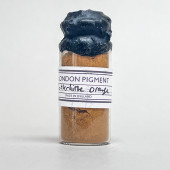
London Pigment, Rotherhithe Orange Pigment
£20.00Call to Order
-
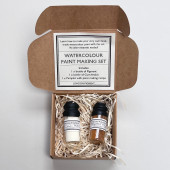
London Pigment, Watercolour Paint Making Set
£35.00Call to Order
-
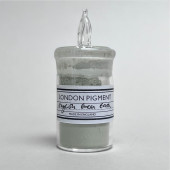
London Pigment, English Green Earth
£30.00Call to Order
-

Realgar Pigment
Starting at: £12.75
Call to Order
-
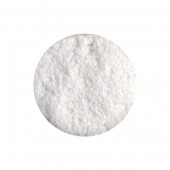
Flake White Pigment
Starting at: £18.75
Call to Order
-
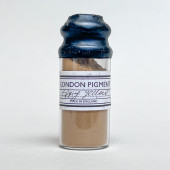
London Pigment, Epping Forest Yellow Ochre Pigment
£18.00Call to Order
-
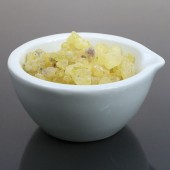
Gum Mastic
Starting at: £20.30
Call to Order
-
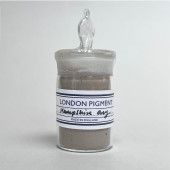
London Pigment, Hampshire Grey
£30.00Call to Order
-
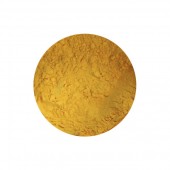
Lead Tin Yellow Dark Pigment
Starting at: £4.80
Call to Order
-
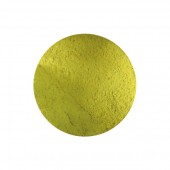
Lead Tin Yellow Light Pigment
Starting at: £4.80
Call to Order
-
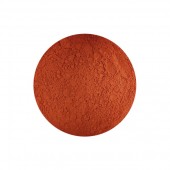
Vermilion Genuine Pigment
Starting at: £17.00
Call to Order
-

Schmincke Mussini Lapis Lazuli Limited Edition 15 ml
£30.00Call to Order
-
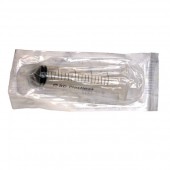
Syringe
Starting at: £1.20
Call to Order
-
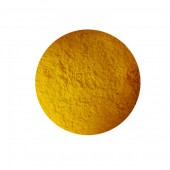
Orpiment Pigment
Starting at: £12.75
Call to Order
-
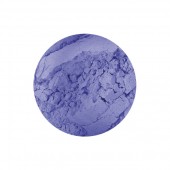
Lapis Lazuli Pigment
Call to Order
-
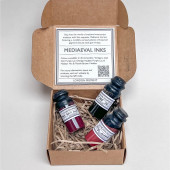
London Pigment, Mediaeval Inks Set, 2
£35.00Call to Order
-

Cinnabar Pigment
Starting at: £16.00
Call to Order
-
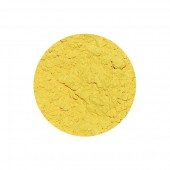
Litharge Pigment
Starting at: £8.00
Call to Order




